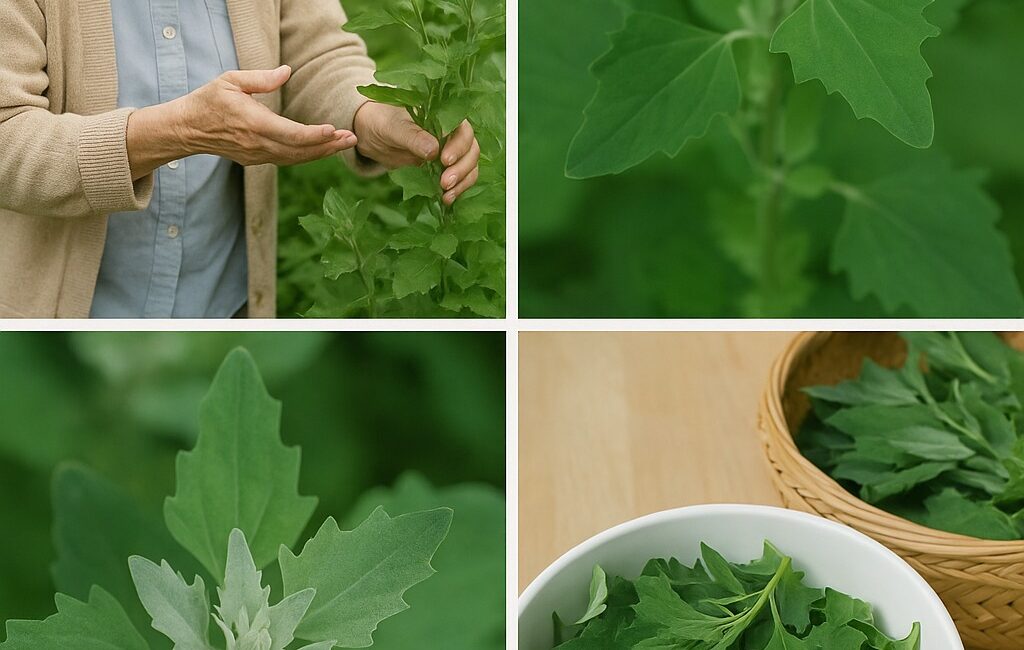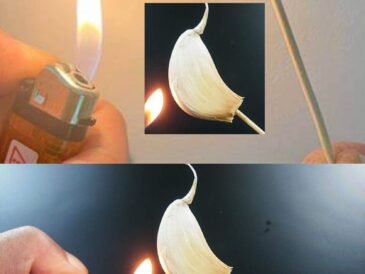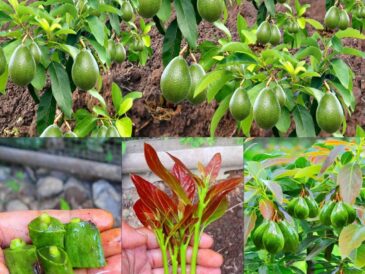Introduction: Rediscovering Nature’s Humble Gift
In a world increasingly obsessed with superfoods, exotic herbs, and trend-driven diets, it’s easy to overlook the treasures that quietly thrive in our own backyards. Among these is a humble green, often mistaken for a weed, which holds within it an extraordinary legacy of nourishment and healing — lamb’s quarters. For many, it’s just another wild plant. But for those who know its secrets — like my grandmother — it is a natural miracle, a multivitamin in leaf form, and a silent healer passed down through generations.
This is the story of lamb’s quarters — Chenopodium album, its botanical name — as seen through the eyes of a wise grandmother, whose understanding of the earth, its cycles, and its quiet gifts has shaped not only how I eat, but how I live. This article dives deep into her teachings, supported by science, history, traditional knowledge, and practical ways to bring this green wonder into modern life.
Part I: Who Knew a “Weed” Could Be So Wonderful?
The First Memory: A Garden of Secrets
As a child, I often wandered into my grandmother’s garden, a modest plot that buzzed with bees and glowed under the sun. It wasn’t a manicured paradise — no symmetrical beds, no pesticide-perfected rows. But every corner of it thrived with purpose. And in one of those corners, beside the tomatoes and herbs, grew a scrappy patch of what looked like wild weeds. That was my first introduction to lamb’s quarters.
I once asked, “Grandma, why don’t you pull those weeds?”
She smiled. “Those aren’t weeds, sweetheart. That’s medicine. That’s food. That’s what kept your great-grandma healthy during the hardest winters.”
I didn’t understand then, but over time I came to learn — those unassuming leaves were nothing short of a botanical marvel.
Part II: Botanical Profile – What Is Lamb’s Quarters?
Identification and Origins
Lamb’s quarters, also known as wild spinach, pigweed, or goosefoot, grows all over the world — from the dusty fields of India to the urban gardens of North America. Its leaves resemble the shape of a goose’s foot, with a slightly mealy, silvery coating.
Though often classified as a weed, lamb’s quarters has been cultivated and consumed for millennia. Ancient Greeks, Romans, and Native American tribes all knew its value.
- Botanical Name: Chenopodium album
- Family: Amaranthaceae (same as quinoa and beets)
- Native Regions: Europe and Asia, now global
- Growth Pattern: Hardy annual, thrives in disturbed soil
Edibility and Use
Almost the entire plant is edible:
- Leaves: Cooked or raw
- Seeds: Ground into flour or cooked like quinoa
- Stems: Tender young stems are edible
Part III: Grandma’s Nutritional Treasure Chest
My grandmother didn’t have a degree in nutrition, but her understanding of food was profound. “Eat from the garden, not the box,” she’d always say — and lamb’s quarters was her garden’s superhero.
Nutritional Highlights (per 100g of fresh leaves):
- Vitamin A: 11,600 IU – Supports vision, skin, and immunity
- Vitamin C: 80 mg – Antioxidant and immune booster
- Vitamin K: 830 µg – Crucial for blood clotting and bone health
- Calcium: 309 mg – Strong bones and teeth
- Iron: 4.2 mg – Prevents anemia, boosts energy
- Magnesium: 72 mg – Muscle function, nerve signaling
- Fiber: 4–6 g – Supports digestion
Comparison with Spinach:
Lamb’s quarters outperforms spinach in several key nutrients, especially calcium, vitamin A, and vitamin C. And unlike spinach, it doesn’t accumulate as much oxalic acid — making it easier on the kidneys when cooked.
Part IV: The Healing Power Grandma Trusted
1. Anti-inflammatory Magic
When I scraped my knees or got stung by a bee, my grandma would crush a few lamb’s quarters leaves, mix them with a drop of oil, and apply the paste directly to the skin. The relief was almost instant.
Scientific Support: The plant is rich in flavonoids and phenolic acids, which exhibit anti-inflammatory and analgesic properties.
2. Skin and Wound Healing
She brewed a strong lamb’s quarters tea, cooled it, and used it as a compress. Bug bites, rashes, minor cuts — it soothed them all.
Antibacterial action: Modern studies have confirmed lamb’s quarters’ efficacy against common skin bacteria like Staphylococcus aureus.
3. Digestive Health
Fiber wasn’t something my grandma discussed using technical terms, but she knew its importance. Lamb’s quarters, when lightly sautéed or added to broths, “cleared the belly” and “kept things moving.”
- Insoluble fiber: Promotes regular bowel movement
- Mild laxative effect: Gentle on the gut
- Liver detox support: Folk medicine used it in liver-cleansing tonics
4. Blood and Bone Builder
During convalescence, postpartum periods, or seasonal transitions, lamb’s quarters was a dietary essential. “It builds blood and bones,” grandma would say.
- Iron and vitamin C combo: Naturally enhances absorption
- Calcium + magnesium + vitamin K: Supports bone strength
- B-complex vitamins: Vital for energy and recovery
Part V: Historical and Cultural Significance
Global Reverence
Across cultures, lamb’s quarters has held a sacred or staple status:
- India: Known as bathua, it’s added to curries, parathas, and dals. Ayurvedic texts praise it for digestive balancing and cooling properties.
- Native American tribes: Used seeds for flour and leaves for medicinal infusions.
- Ancient Europe: Eaten by peasants and royalty alike during food scarcity.
- Traditional Chinese Medicine (TCM): Valued for cleansing damp heat and supporting intestinal health.
Click page 2 for more




